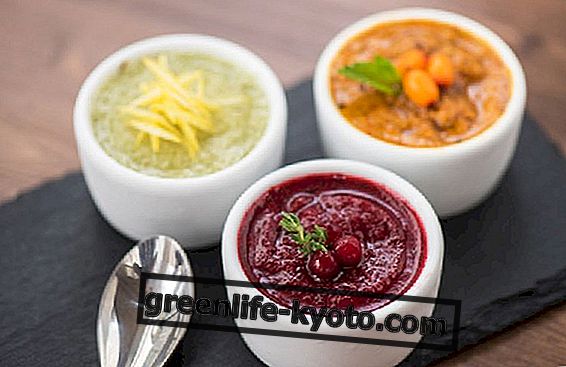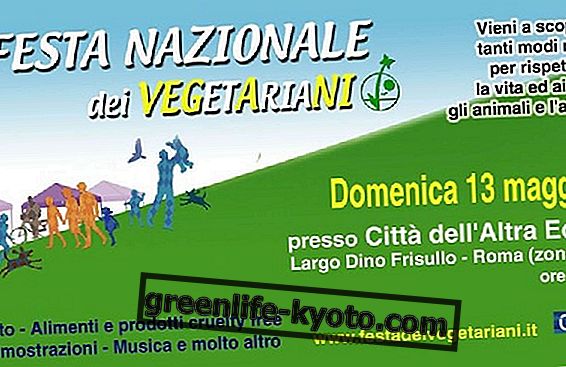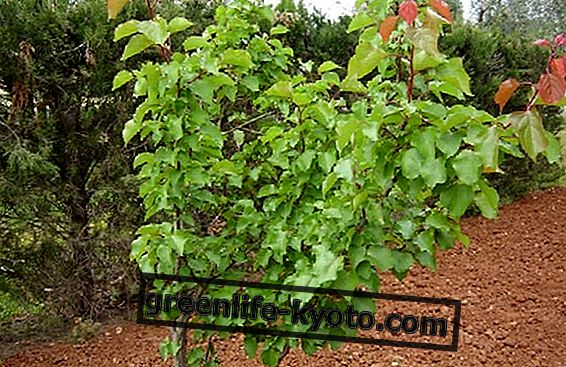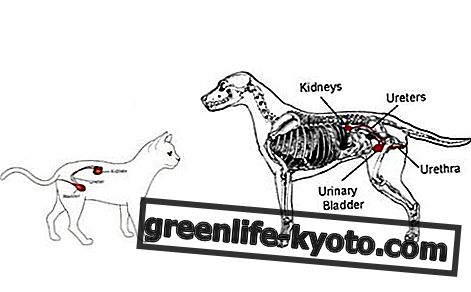
The edible garden is also known as the forest-forest or food forest and is a multi-purpose and multi-purpose cultivation system that combines different plant species together recreating the ecosystem of a natural forest.
In this edible garden or food forest, nature is imitated precisely in its intrinsic rules and therefore an energy self-sufficient ecosystem is created and cultivated.
In the natural forest in fact the biodiversity is very high given that both the fauna and the flora are rich and each is present in its own ecological niche.
All this produces balance and manages to create abundant harvest with the mere loss of energy and resources (water, minerals, light, etc.).
The food forest is therefore a method of cultivation that uses minimal maintenance and takes as a reference the model of forest ecosystems that follow the rules of nature.
What we grow in the edible garden
In the food forest most of the plant species are cultivated: from garden plants to flowers to attract insects, from medicinal herbs to wood trees, from dye plants to those useful for obtaining fabrics, from fruit plants to those that have melliferous flowers, etc ...
The combination of all these plant species creates an appearance similar to the natural forest to which we are inspired, but the fact remains that we can design and create the edible garden, enhancing the aesthetic beauty of the plants inserted.
To do this it will be sufficient to play with the colors of the flowers or leaves of the foliage of the plants and create suitable placements between the plant species to have truly incredible ornamental effects.
Certainly in the edible garden the production of the fruits will be the main crop but all the leaves, flowers, roots and other parts of the plant that are useful for other purposes, which can be used in the kitchen if they have a nutritional purpose or will be as natural supplements, herbal products or natural medicines if they are medicinal plants.
They can also be transformed into ecocosmetic products or used for tissue coloring or the formation of clothing as in the case of nettle and hemp. There will be present plants that produce wood for the creation of objects or for heating, and other plants used to be vegetable sponges, as in the case of loofahs and others still for animal feeding.
From a small piece of land we can therefore obtain a large harvest with a wide biodiversity that will ensure the stability of the ecosystem with the minimum contribution of energy by man.
Todmorden: the city that produces fruit and vegetables
Levels in the edible garden
In a forest the system is stratified, ie it is composed of several levels and usually the grassy, shrubby and arboreal layers are from the soil. These levels are usually identified in 7 layers: the creeping and ground cover grasses that cover the soil, then there are the rhizomatous species and the annual, biennial or perennial ones, shrubs and bushes, small, medium and large trees and finally others climbing plants that mostly cover the arboreal vegetation.
This species biodiversity creates an ecosystem that is capable of giving more production with little intervention by the hand of man.
How to make an edible garden
The food forest model allows you to create an edible garden instead of a common vegetable garden or orchard and this choice is advantageous because it optimizes resources, space, organic material, water, minerals and allows for an abundant harvest of many different species and throughout the year.
For the creation of an edible garden we can also use a classical orchard already planted and enrich it by adding the levels of the forest; otherwise, we could start from a soil that is also small in size and then plant the different plant species that are used to create the food forest. Obviously the edible garden is also suitable for large plots of land.
To create an edible garden in Italy we will have to have at least 3 levels of the forest and it will be even better to complete the cultivation with all 7 forest levels.
So let's go see some examples of plants that we can grow in the edible garden:
- among the herbaceous plants we can choose between: edible flowers (violet, mallow, nasturtiums, calendula, cornflowers, dandelion, borage), vegetable plants (cabbage, peas, chard, tomatoes, radishes, turnips, pumpkins, salads, potatoes, carrots, ), aromatic and medicinal (rosemary, sage, basil, thyme, oregano, marjoram, mint, lemon balm, savory) and many others;
- among the shrubs we will have the choice between the elder, the corbezzo, the canine roses, the hazel, the cornelian, the lilac, the hawthorn, the mirsabolano, etc ...
- among the arboreal plants there are willows, ash trees, elms, oaks, linden trees, mulberries, khaki, walnuts, acacias and of course all fruit trees such as apple, pear, plum, apricot, peach, figs, etc ...
For the design of the garden it will be necessary to study and learn about the individual plants that we would like to insert to plan their positioning in the best possible way; it will be important to respect their needs, such as the demand for space during growth, the presence of nutrients and organic substance, the alternation with other plants with the system of consociations and requests for exposure and irrigation.
Once the edible garden is designed it will be time to plant the vegetables and start the adventure of the food forest.
Every place has its own peculiarities and therefore only through observation, direct experimentation and environmental feedback can we create a self-sufficient and productive food forest.
The origin of the edible garden and its presence in Italy
The origin of the food forest model was first intuited and experimented by Robert A. de J. Hart who in the 1960s cultivated an area of 500 square meters in England as a food forest.
His production focused on food for humans and animals but also on obtaining timber . From this pioneer the idea of food forest has spread throughout the world, finding many other places of experimentation, especially in Canada and Australia. The technique of food forest was immediately accepted by the world of natural agriculture and in particular by experts in permaculture thanks to the similarities of its principles.
Another important food forest experimenter is Martin Crawford who has implemented this model with exotic plants, achieving excellent production results.
In Italy there are already food forests in Emilia Romagna and Tuscany with local plants and typical of the Mediterranean climate or acclimatized in Italic cultivations. In Italy the courses continue to learn how to create a food forest and you can also look for them with the names of forest garden, edible garden, food or edible forest.













